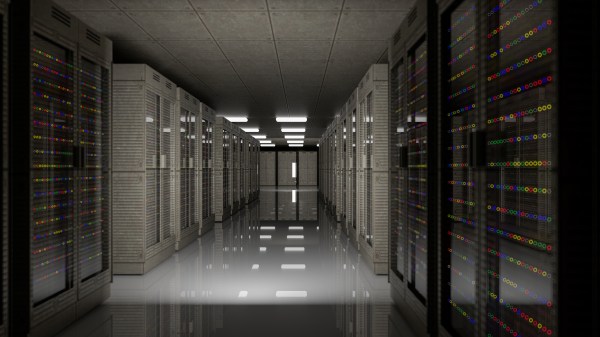Modern data centers are expected to deliver a minimum of 99.999% uptime. To meet this expectation, they need to be highly resilient. This means they need to implement high levels of redundancy. With that in mind, here is a quick guide to what you need to know about N+1 redundancy strategies for critical components.
Understanding N+1 redundancy
The term “N+1 redundancy” refers to a design principle used to ensure high availability and reliability of critical systems. The “N” represents the number of required components for normal operation. The “+1” signifies an additional, redundant component beyond what is strictly necessary.
In practical terms, N+1 redundancy means that for every essential component there is at least one extra, fully operational backup component ready to take over from it. This setup minimizes the risk of service interruptions due to equipment failures. It therefore helps to ensure continuous operation and enhances overall system reliability.
Critical components in data centers
Data centers often use the N+1 redundancy strategy. Here is a brief overview of the key components for which redundancy is necessary and how it is implemented.
Power supplies
Power supply redundancy is crucial in data centers to maintain continuous operations even during electrical failures.
Data centers employ Uninterruptible Power Supply (UPS) systems as the primary line of defense against power interruptions. UPS systems use batteries to provide immediate backup power during outages until generators can take over. Generators serve as secondary backups, ensuring sustained power supply for extended periods.
N+1 redundancy in power supplies involves having one extra UPS system or generator beyond what is needed to handle the normal load, ensuring seamless transitions and minimizing the impact of power disruptions on critical operations.
Cooling systems
Cooling systems are essential for regulating temperatures and humidity levels in data centers, preventing overheating and equipment failure.
Redundancy in cooling systems typically involves multiple HVAC (Heating, Ventilation, and Air Conditioning) units or redundant chillers. These redundancies ensure that if one unit fails, others can pick up the workload without compromising environmental conditions.
N+1 redundancy in cooling is implemented by maintaining spare HVAC units or having redundant chillers ready to operate in case of primary system failure, thereby ensuring optimal operating conditions for servers and other equipment.
Network infrastructure
Network redundancy is critical to maintain connectivity and prevent disruptions in data center operations. Redundancy in network infrastructure includes redundant routers, switches, and network connections from multiple Internet Service Providers (ISPs).
By implementing diverse carrier routes and using Border Gateway Protocol (BGP) routing, data centers ensure that if one connection or router fails, traffic can be automatically rerouted through alternative paths.
N+1 redundancy in network infrastructure thus minimizes the risk of downtime due to network failures, providing uninterrupted access to services hosted in the data center.
Server and storage resources
Servers and storage devices house critical data and applications in data centers. Redundancy in these resources is achieved through techniques like RAID (Redundant Array of Independent Disks) configurations for storage and clustering or virtualization for servers.
RAID arrays distribute data across multiple disks to ensure data integrity and availability even if one disk fails. Server clusters or virtual machines provide redundancy by allowing workloads to be shifted between servers seamlessly in case of hardware failure.
N+1 redundancy in server and storage resources ensures continuous availability of data and applications, minimizing the impact of hardware failures on service delivery.
Considerations when implementing N+1 redundancy systems
Here are five key considerations when implementing N+1 redundancy systems.
Real-time monitoring tools: Implementing robust real-time monitoring tools is crucial for continuously assessing the status of redundant systems. These tools should provide comprehensive visibility into the health and performance metrics of critical components such as power supplies, cooling systems, network infrastructure, and servers.
Automated alerts and notifications: Setting up automated alerts and notifications is vital for promptly notifying IT staff about any deviations or anomalies in redundancy systems. Alerts can be configured to trigger based on predefined thresholds for parameters such as temperature variations, power supply failures, network latency spikes, or disk array errors.
Regular testing and failover simulations: Conducting regular testing and failover simulations is essential to validate the effectiveness of redundancy systems. Testing should encompass all critical systems and include scenarios for both planned maintenance and unexpected failures.
Documentation and configuration management: Documenting redundancy configurations, including detailed diagrams, network maps, and equipment specifications, helps ensure clarity and consistency in system setups. Configuration management practices involve maintaining up-to-date records of hardware and software configurations, firmware versions, and network settings for redundant components.
Capacity planning: Data center operators should continuously monitor trends in the consumption of key resources (e.g., power usage, storage capacity, network bandwidth). They should use this data (and broader data on business performance and growth) to evaluate future capacity requirements.







